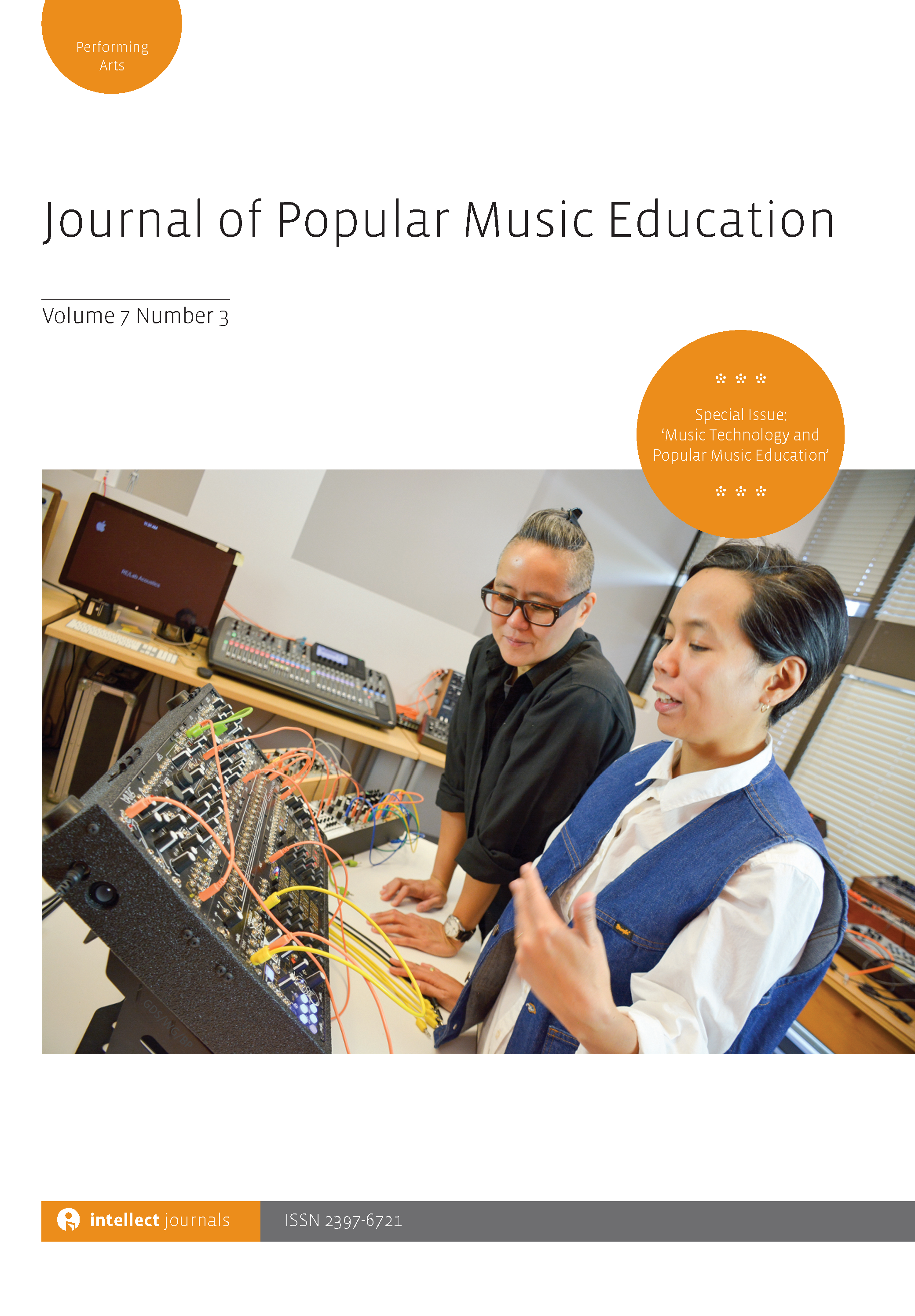
Full text loading...
 , Brittany Nixon May2
, Brittany Nixon May2
Many music teacher education programmes in the United States are increasingly offering classes that fall within the scope of modern band. A number of policies impact music teacher education curricula in the United States. These include both hard policies, such as teacher certification and NASM accreditation requirements, as well as soft policies, such as institutional traditions. In this multiple case study, the researchers interviewed three music teacher educators from different universities to examine their individual experiences incorporating modern band into their music education curricula and identify any policy issues that arose as they proposed and instituted curricular changes. The themes identified with regard to implementing modern band into the music teacher education curriculum included time, support, curricular positioning, equity and access. Notably, the participants did not cite any specific policy issues as barriers to implementing modern band into music education coursework.

Article metrics loading...

Full text loading...
References


Data & Media loading...

Publication Date:
https://doi.org/10.1386/jpme_00012_1 Published content will be available immediately after check-out or when it is released in case of a pre-order. Please make sure to be logged in to see all available purchase options.